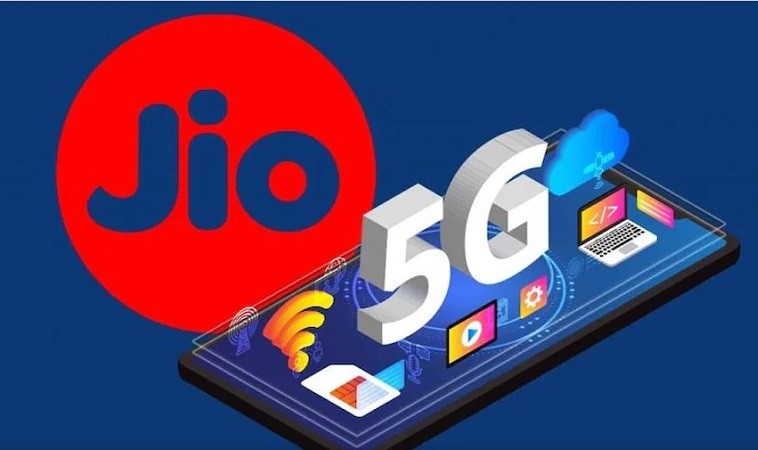
In recent years, the advent of 5G technology has been hailed as a revolutionary milestone in the realm of connectivity. With promises of lightning-fast speeds, ultra-low latency, and unprecedented reliability, 5G was anticipated to transform the way we interact with the internet.
High Expectations, Lingering Frustrations: The Reality Check
However, despite the lofty expectations surrounding 5G, many users find themselves grappling with persistent connectivity issues even after migrating to this advanced network. This begs the question: why are users still encountering internet woes despite the widespread adoption of 5G technology?
Infrastructure Limitations: The Achilles' Heel of 5G
One of the primary reasons behind the continued connectivity challenges lies in infrastructure limitations. While 5G offers remarkable speed and performance, its effectiveness heavily relies on the deployment of robust infrastructure, including a dense network of small cells and advanced antennas. Unfortunately, the rollout of such infrastructure has been marred by logistical hurdles, regulatory barriers, and substantial investments, leading to uneven coverage and reliability in many areas.
The Urban-Rural Divide: Disparities in Access
Moreover, the digital divide between urban and rural areas exacerbates the connectivity conundrum. While major metropolitan centers often enjoy comprehensive 5G coverage and seamless connectivity, rural communities are frequently left underserved or entirely devoid of adequate infrastructure. Consequently, users in rural regions continue to grapple with subpar internet experiences, despite the proliferation of 5G in urban hubs.
Interference and Obstructions: Navigating the Connectivity Maze
Another factor contributing to connectivity woes is interference and obstructions. Despite its technological prowess, 5G signals are susceptible to interference from physical barriers such as buildings, foliage, and inclement weather. Additionally, the proliferation of electronic devices and competing wireless networks in densely populated areas can further impede signal strength and reliability, leading to frustrating bouts of connectivity fluctuations for users.
Device Compatibility Issues: Bridging the Divide
Furthermore, device compatibility issues pose a significant hurdle for users seeking to leverage the full potential of 5G technology. While modern smartphones and gadgets tout 5G capabilities, legacy devices may not support this advanced network, thereby limiting access for a substantial portion of the user base. As a result, users with incompatible devices may find themselves unable to capitalize on the promised benefits of 5G connectivity.
Overloaded Networks: Strain on Infrastructure
Additionally, the unprecedented proliferation of internet-connected devices and the surge in data consumption place immense strain on network infrastructure, leading to network congestion and diminished performance. Despite the enhanced capacity of 5G networks, the exponential growth in data traffic poses formidable challenges in maintaining optimal speeds and reliability during peak usage hours.
The Path Forward: Addressing Challenges and Unlocking Potential
Despite the hurdles and setbacks, the journey towards seamless connectivity powered by 5G technology continues. Addressing infrastructure gaps, bridging the urban-rural digital divide, mitigating interference, enhancing device compatibility, and fortifying network resilience are pivotal steps in realizing the full potential of 5G connectivity. By fostering collaboration between stakeholders, prioritizing investments in infrastructure, and embracing technological innovations, we can pave the way for a future where users can truly harness the transformative power of 5G technology.
Navigating the Connectivity Landscape
In conclusion, while 5G technology holds immense promise in revolutionizing connectivity, its widespread adoption is accompanied by a myriad of challenges and complexities. From infrastructure limitations to device compatibility issues, the road to seamless connectivity is fraught with obstacles that necessitate proactive solutions and concerted efforts from stakeholders across the board. By addressing these challenges head-on and embracing a holistic approach to connectivity, we can pave the way for a more inclusive, resilient, and connected future for all.
Shark Tank judge wants to buy TikTok, but at a 'discount'
How These Habits Help Manage Your Cortisol and Reduce Stress